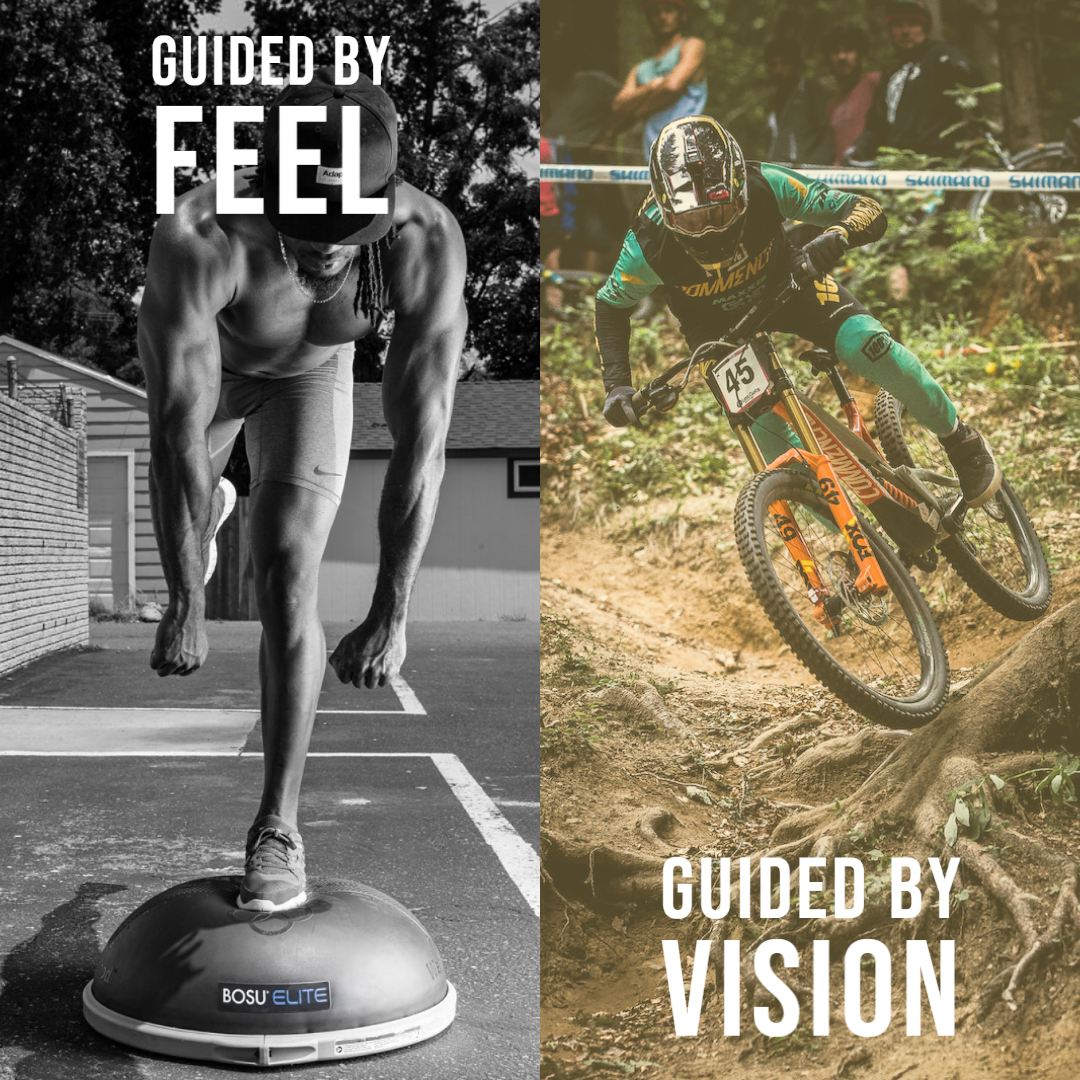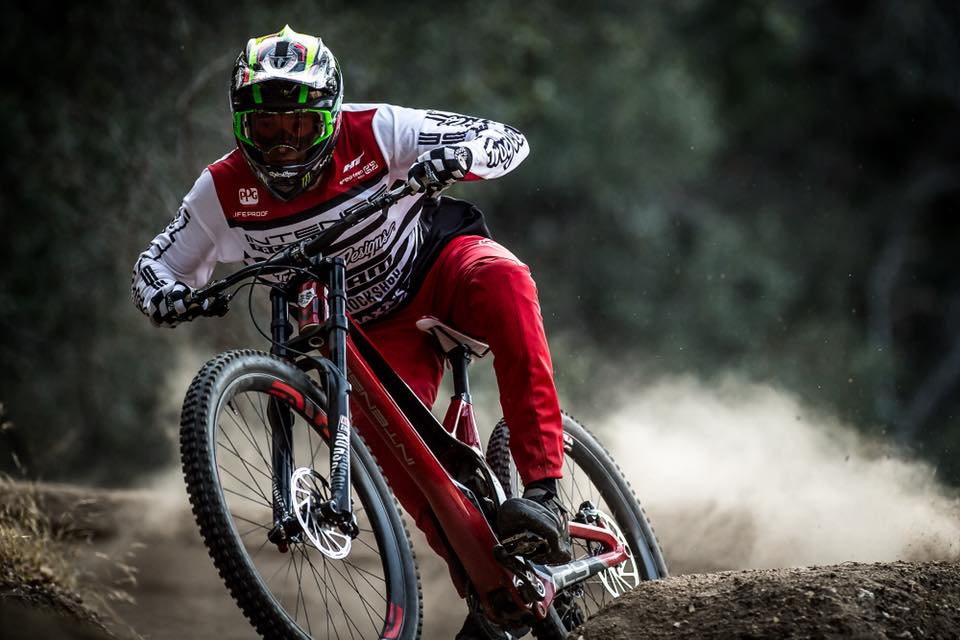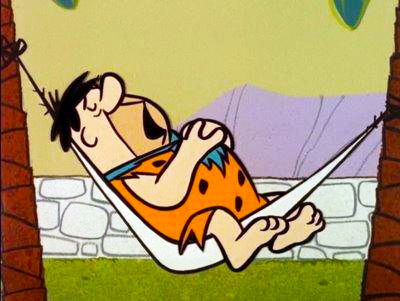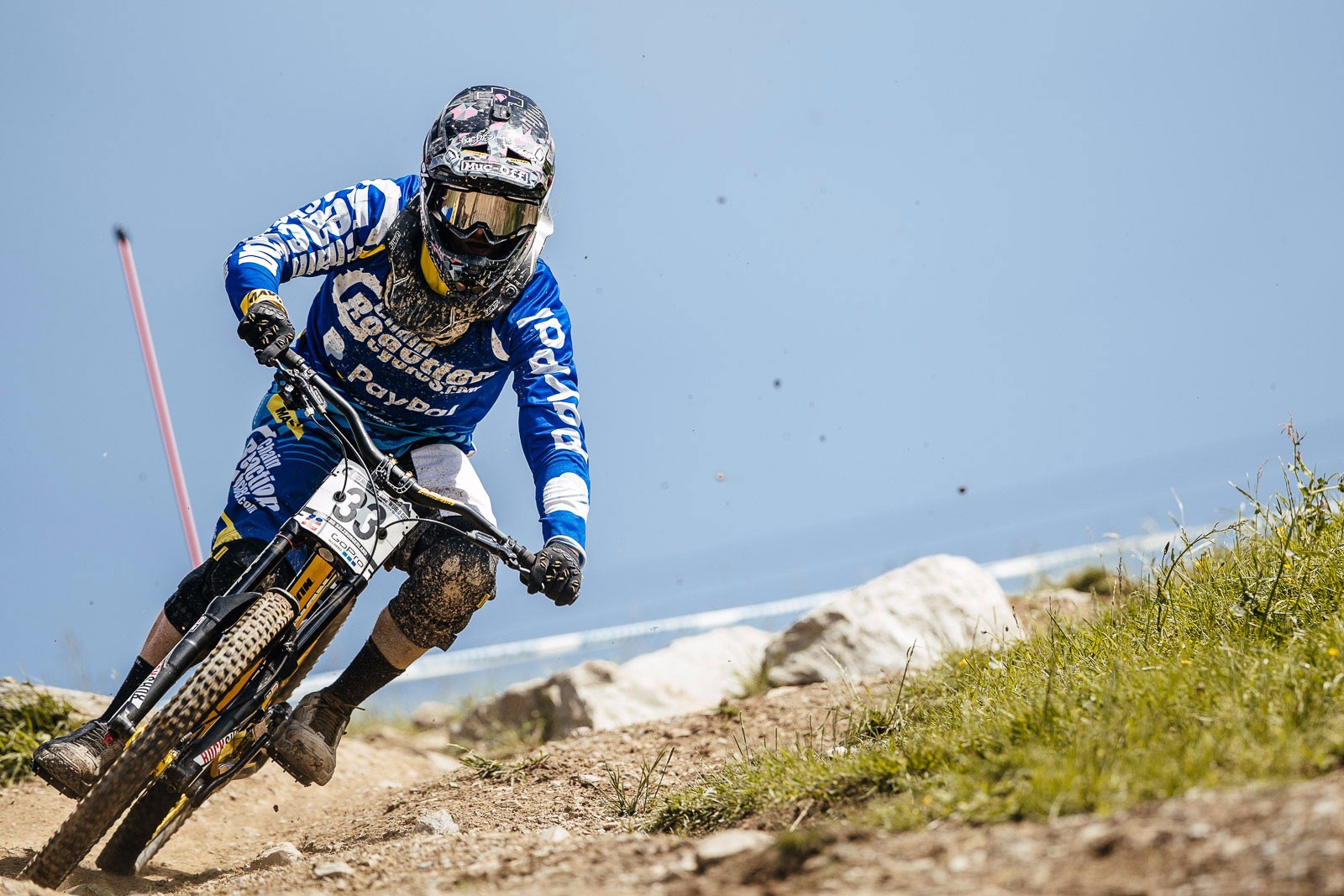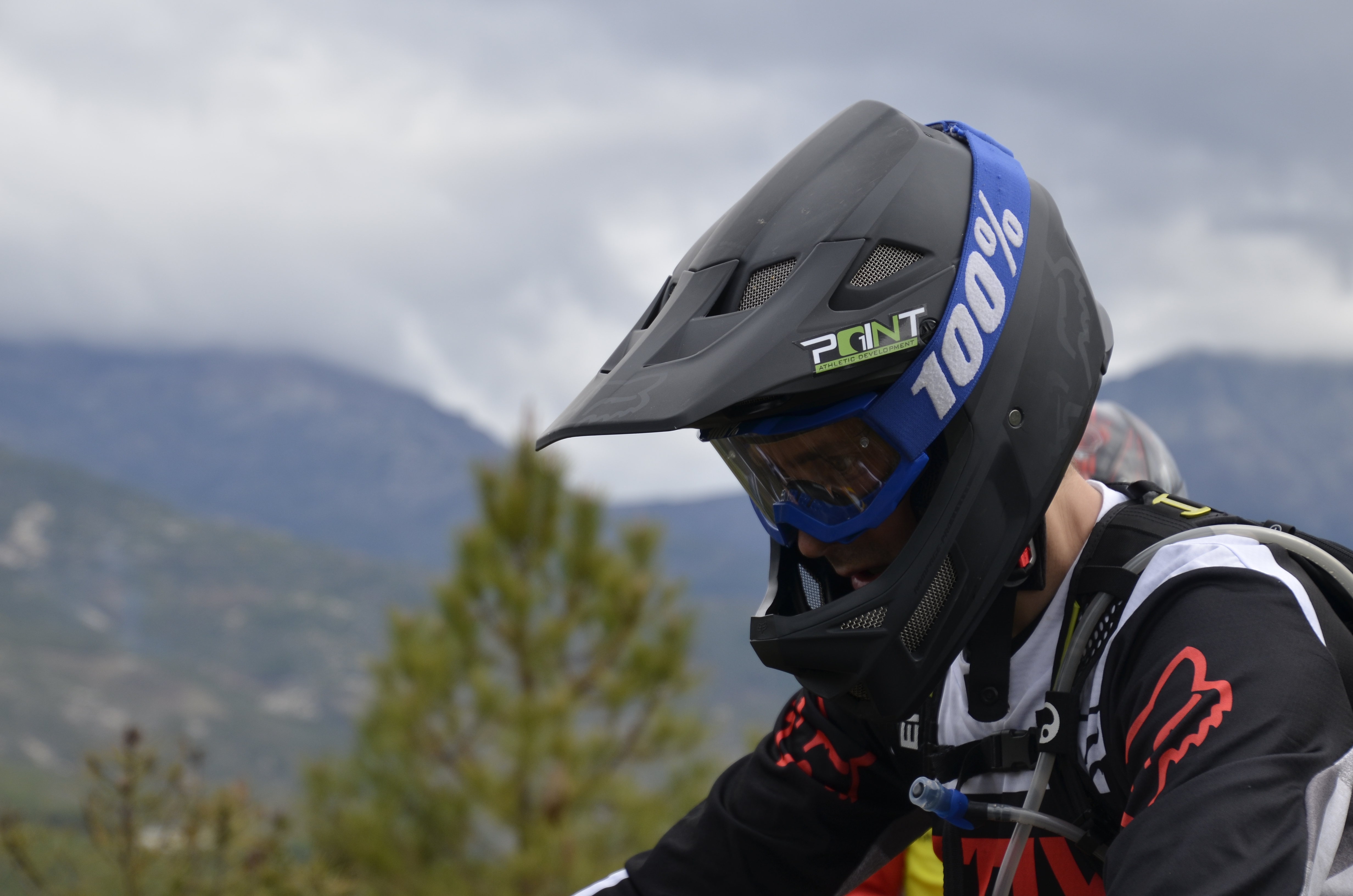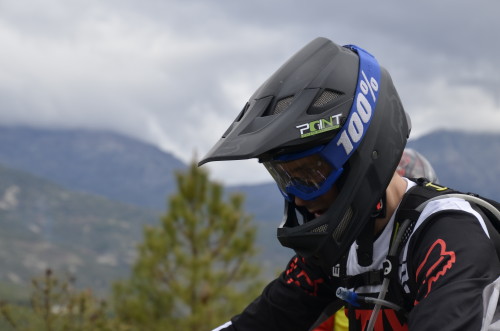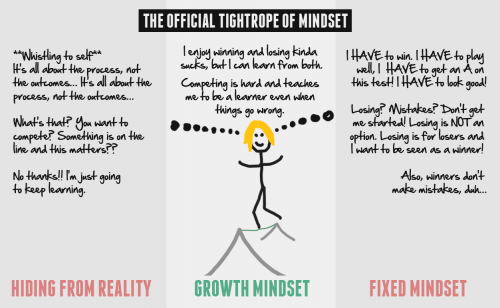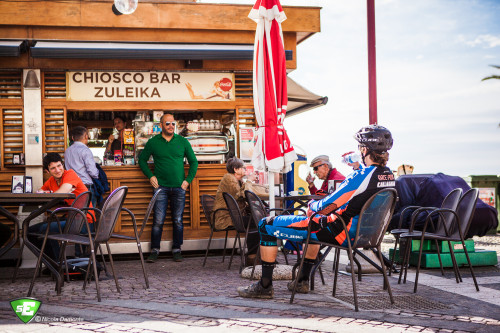Unstable training is characterised by the “athlete” having to control either the position of a joint or many joints and/or centre of mass in such a way to maintain balance in the face of non specific perturbations while potential having to carry out some gross movement.
On the surface, especially from the perspective of the casual observer “unstable” training in relation to MTB performance makes sense. The MTB environment is crazy, has wild bumpy, rocky and muddy terrain and from the 3rd person perspective there is alot of swift and unpredictable movement happening. But the plot begins to thicken once you take the first hand experiences of accomplished riders. While wild moments happen that require sudden movement, MTB is often quite “calm” (from inside the helmet); especially when being done correctly. Hence its appeal, the reward our brain gets comes from the chemical environment created when challenge matches up to ability. A perfect state of competence.
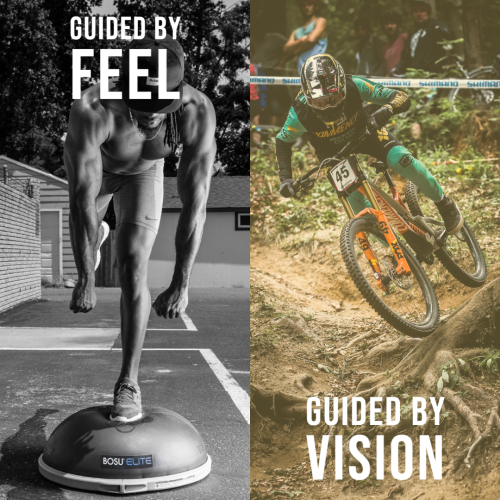
What actually happens on your MTB, at least for riders who are more than “novice” is that visual perception guides much of our action. This is why looking out of a turn early, looking far ahead enough on the trail at all times and being strong and mobile enough to keep a stable head is CRITICAL to performance. The visual and vestibular systems interact with the rest of the body to allow us to make preparatory movements, posture changes and positional changes on track so we can fully exploit the bodies visco-elastic and muscular properties to smooth out the trail, deal with the impacts and perturbations and of course, most evidently, apply the right technique in the right dose at the right time (skill)! This leads us to a position where the perspective on “unstable” training changes. While unstable training mainly challenges the muscle, joint and tendon (maybe skin too) mechano and proprioceptors & subsequent reflexes to act fast enough or the brain/spine and muscles to carry out the best course of action from that information – MTB requires us to be read the terrain to allow the body to be 100% ready to interact not just react to the perturbations of the track.
Now “reactive” and reflexive skills are needed, but these are too fast and too specific (in my experience at least) for them to be trained on a Bosu ball. Where classic “unstable” training has it’s place is in rehabilitation from injury. The proprioceptive function at injury sites or even above and below injury sites can be severely hampered after said injury so in this case general overload of balance systems and reflexes is very warranted; repetition in the safer gym environment, I even go as far as adding in unilateral and TRX type work in almost all training plans to keep a minimal dose of balance and control challenging exercises in a program. But when it comes to training that actually has a long term non rehabilitative performance enhancing effect…..well it’s all about repeatedly producing as much force as possible in the shortest time while maintaining the shapes or “posture” needed to execute technique while controlling center of mass. The more force we can produce the less “activation” a given movement requires, in theory this means less noise, less fatigue and better fluidity to your movement. On top of that the structural changes that quality plyometrics, heavy compound lifts and other high force moves create likely lead to changes across the structures that work across all joints in the body that must be controlled in order to create those key postures or “shapes” as Stuart McMillan would say.
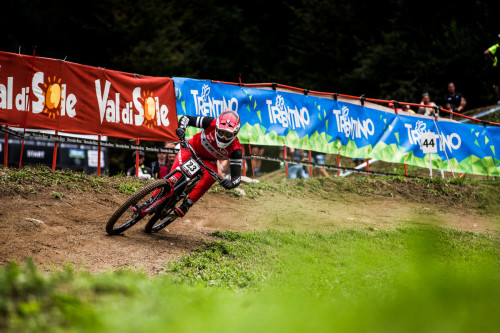
So while there is a time and place for unstable or instability training it’s not very often. Training to improve stabilisation reflexes or proprioceptive function is useful but alone it won’t get you very far. The mountain bike athlete can see what challenges await – the premise of unstable training is that you have no idea what is coming next and while to the casual on-looker our placed perched on top of our mountain bike looks like a balance challenge in reality it is a very stable place, especially for the capable rider.
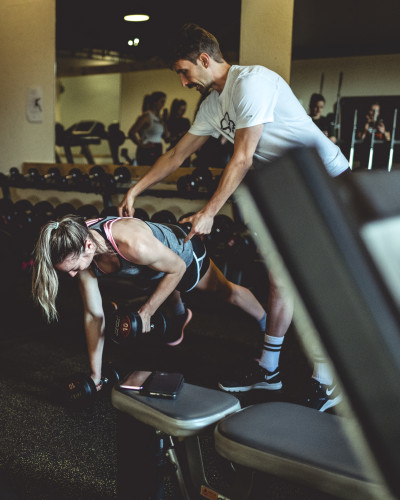
The magnitude and accuracy of the activation of top down controlled muscle action that is needed for sport skill can only truly be trained while doing the sport. Improving our potential to perform in the gym is what the work done between those four walls is about. The more force we can produce and the better our visco-elastic and skeletal muscle is at dealing with the demands of maintaining posture while executing technique the more robust our movement is on the bike. Basically better biological tissue function leading to true biological degeneracy. From that comes the illusion of effortless control as seen by the by-stander. We all want to ride like this but unstable surface training will not help you get there it will only help you back from injury.

